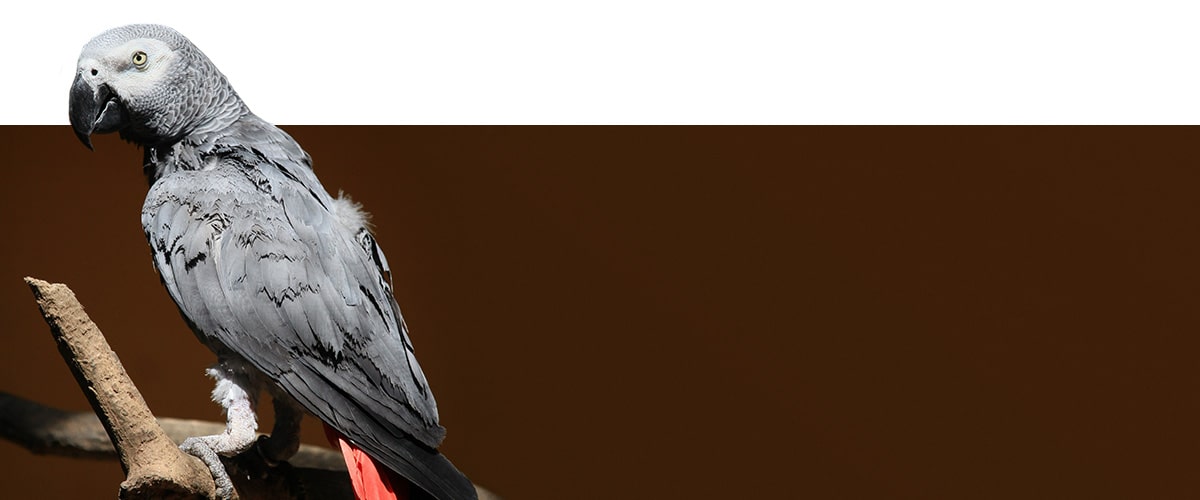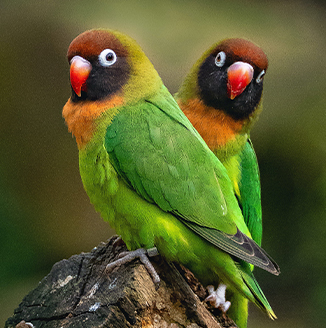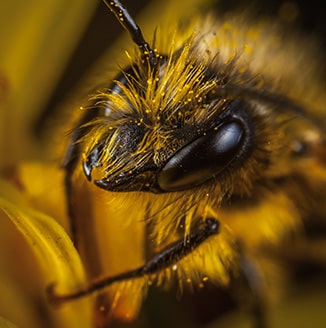
PBFD is the most prevalent viral disease in psittacine birds (order Psittaciformes) including parrots from America, Africa, and Oceania such as macaws, cockatoos, yacos or lovebirds.
The use of molecular techniques for the diagnosis of the main diseases in birds allows the pathogenic agent to be detected quickly and efficiently. This detection becomes even more important in diseases caused by viruses, since, on certain occasions, the virus that causes the disease is difficult to identify with traditional methods. This is the case of the virus that causes psittacine beak and feather disease, also known as PBFD, for its acronym in English Psitaccine Beaker and Feather Disease, one of the most common viral diseases that affect our birds.
The virus that produces PBFD is a Circovirus of the Circoviridae family that was first detected in birds of Australian origin. PBFD specifically affects psittacine birds (order Psittaciformes) including parrots from America, Africa, and Oceania such as macaws, cockatoos, yacos or lovebirds. It is the most prevalent infectious virus in parrots. PBFD generally affects chicks and juveniles, but individuals of all ages can succumb to the disease, which can cause fairly high death rates in both wild and captive individuals.

Symptoms.
The main visible symptoms are structural anomalies in both the feathers and the bill, in addition to the loss of feathers in times of non-moult. The virus also causes immune suppression in the bird, making it more vulnerable to infection by other pathogenic microorganisms such as fungi, bacteria and viruses that develop other diseases in parallel, exacerbating the disease and even causing the death of the bird.
Spread.
The main route of infection is through direct contact with viral particles from infected birds in common areas, such as feeders and contact with droppings and/or feather particles or skin of infected birds. Because the virus is extremely stable, it can survive in nests for up to several years.
Control.
Prevention is the best method to combat the disease, because there is no effective treatment to completely eradicate the virus from our bird. A good management plan, thorough cleaning of the facilities, ventilation and periodic analytical controls can drastically reduce the impact of the disease on the avians.
DNA-based tests allow us to quickly and sensitively diagnose diseases that affect our aviary. In the case of PBFD, these tests are a key tool in early diagnosis, being able to avoid massive contagion to other birds in your environment.
References.

Facing new challenges is what motivates me, finding a way to solve them is my motto. They are more than 15 years of experience in laboratory operations and research and development.
Implication and great capacity for resolution are essential qualities for research.

Most breeders of psittacines such as lovebirds, yacos or nymphs and many of the finch keepers or breeders of canaries and even birds of prey such as falcons, goshawks, owls or barn owls have had to face the dilemma of classifying a chick as a male or female. But why? What is the cause of […]

The globalization of the trade of many animal species as food, of a domestic type, beneficial for pest control or pollination, facilitates the establishment of these in places outside their natural origin, in addition to the transmission of diseases between populations, both non-native and indigenous. These biological invasions contribute significantly to the alteration of ecosystem […]